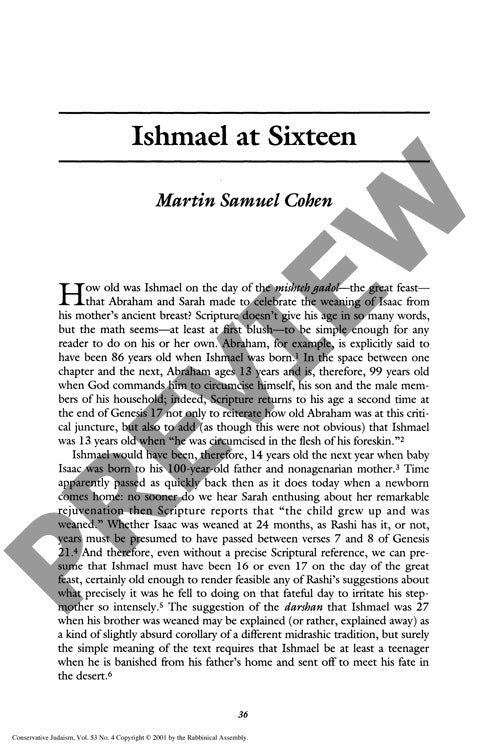Ishmael at Sixteen
Couldn't load pickup availability
When Hagar flees into the desert with Ishmael, Genesis 21 presents a puzzling portrait: a sixteen-year-old youth portrayed as a helpless infant carried by his mother. This apparent chronological contradiction, verified through scriptural mathematics and textual analysis, proves not to be an isolated editorial error but rather part of a consistent pattern throughout biblical narratives. Similar age-related ambiguities appear in stories of Abraham, Isaac, Jacob, Moses, and Joshua, suggesting a sophisticated ancient understanding of human development. Through systematic examination of chronological references across Genesis 16-21, comparative analysis of parallel biblical narratives, and investigation of traditional rabbinic commentary, this research reveals that biblical authors conceived of aging not as a linear progression but as an accumulative process. Like growth rings in trees, earlier developmental stages remain authentically present within the mature individual, allowing biblical characters to simultaneously embody multiple ages. This interpretation challenges modern linear concepts of aging while illuminating ancient Hebrew anthropological thinking about human development and the nature of time itself.

More Information
-
Physical Description
-
Publication Information
Published 2001
ISBN
-
Publication Credits
Martin Cohen

